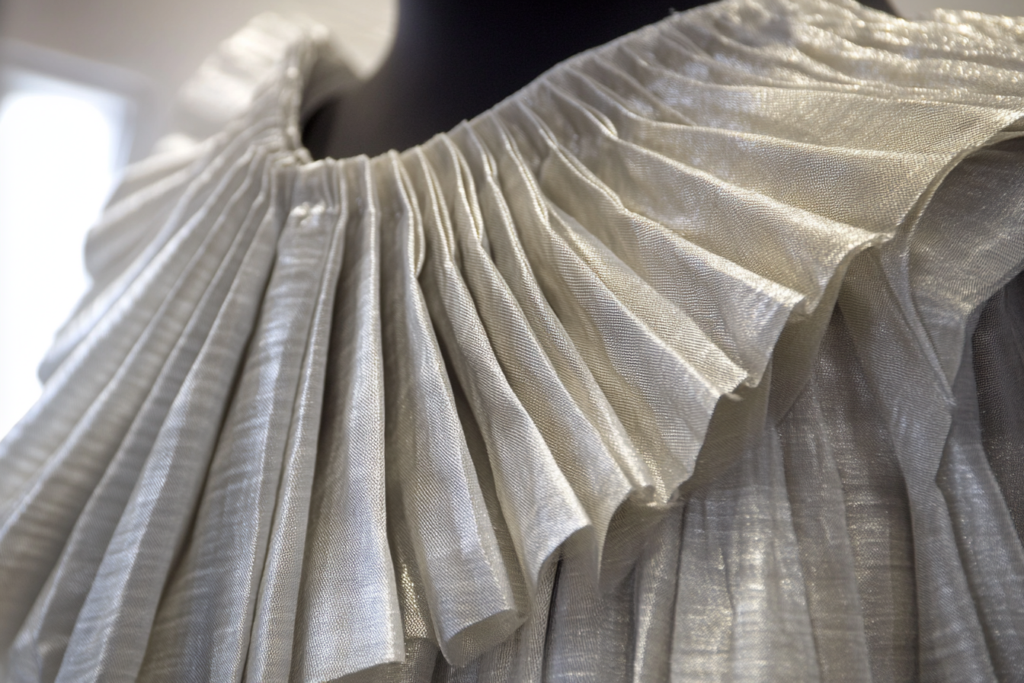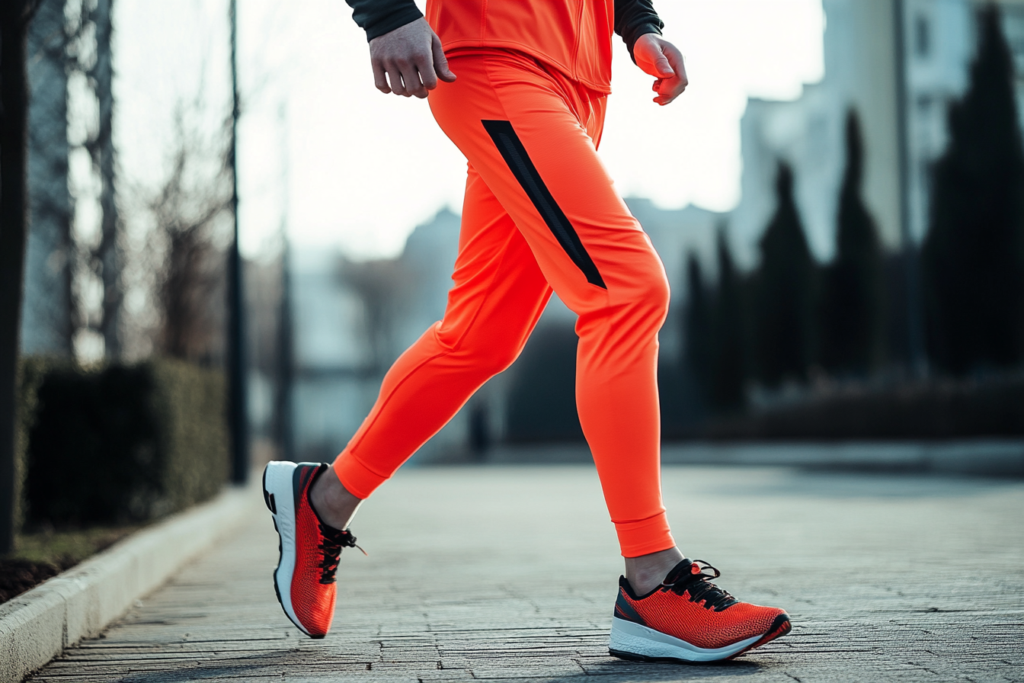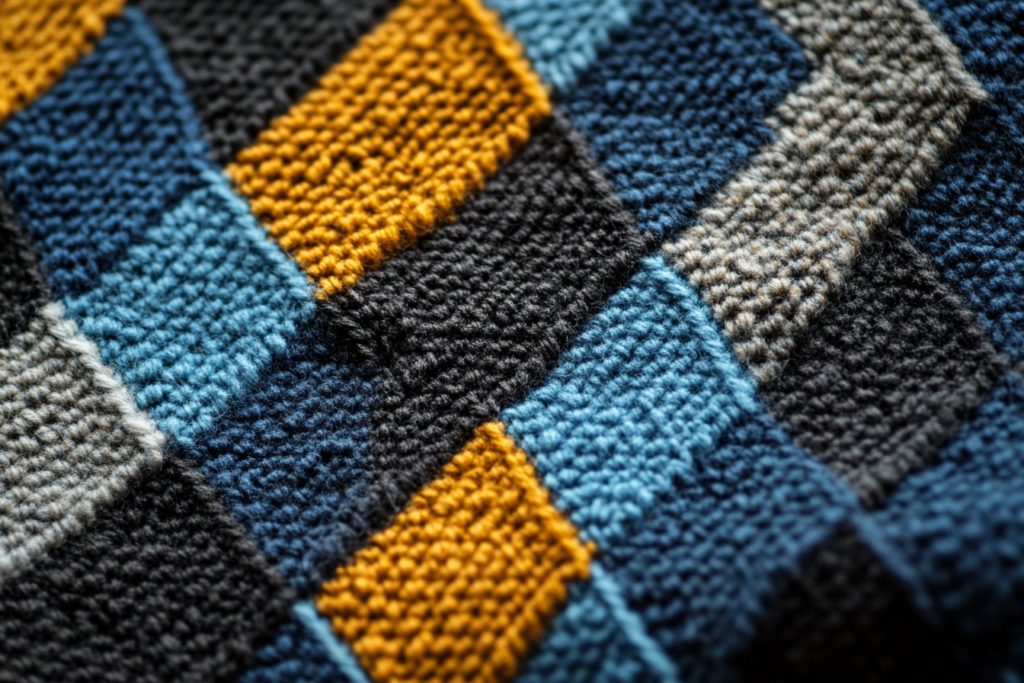Strikeoff: The Essential Sample for Printed Fabrics
Meta Description: A strikeoff is a fabric sample of a printed pattern used for approval before full production. Learn why strikeoffs are essential in textile printing and how they ensure quality designs.
What is a Strikeoff?
A strikeoff is a small fabric sample that displays a printed pattern, produced before full-scale fabric manufacturing begins. It serves as a test print to ensure that the colors, alignment, and overall design match the intended look before mass production.
Strikeoffs are commonly used in fashion, home textiles, and upholstery manufacturing, allowing designers and manufacturers to verify the accuracy of a print before committing to larger runs.
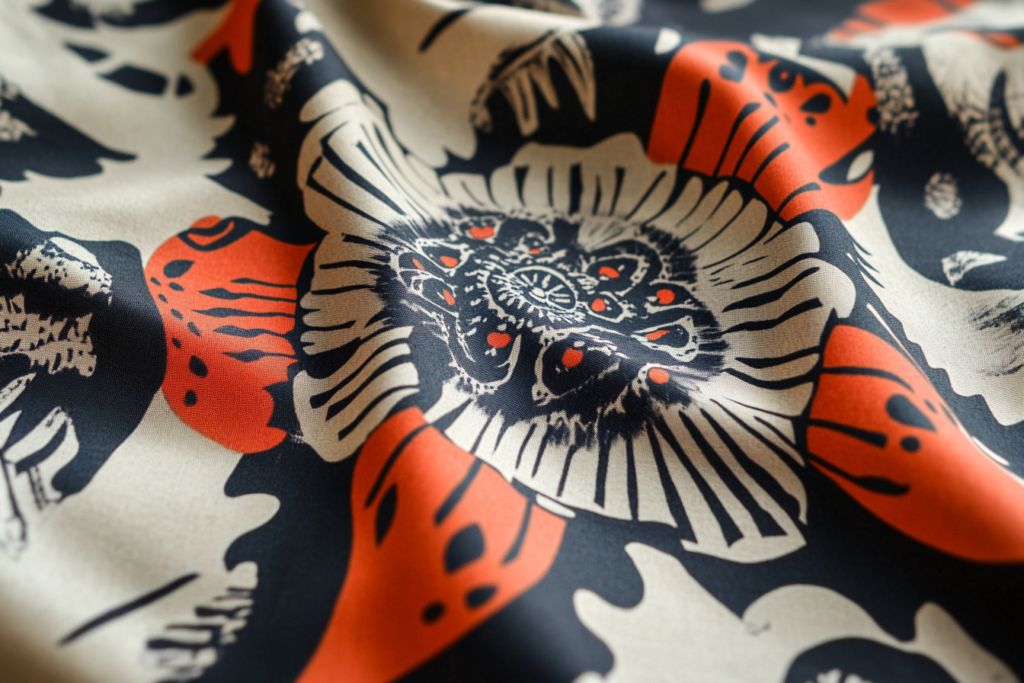
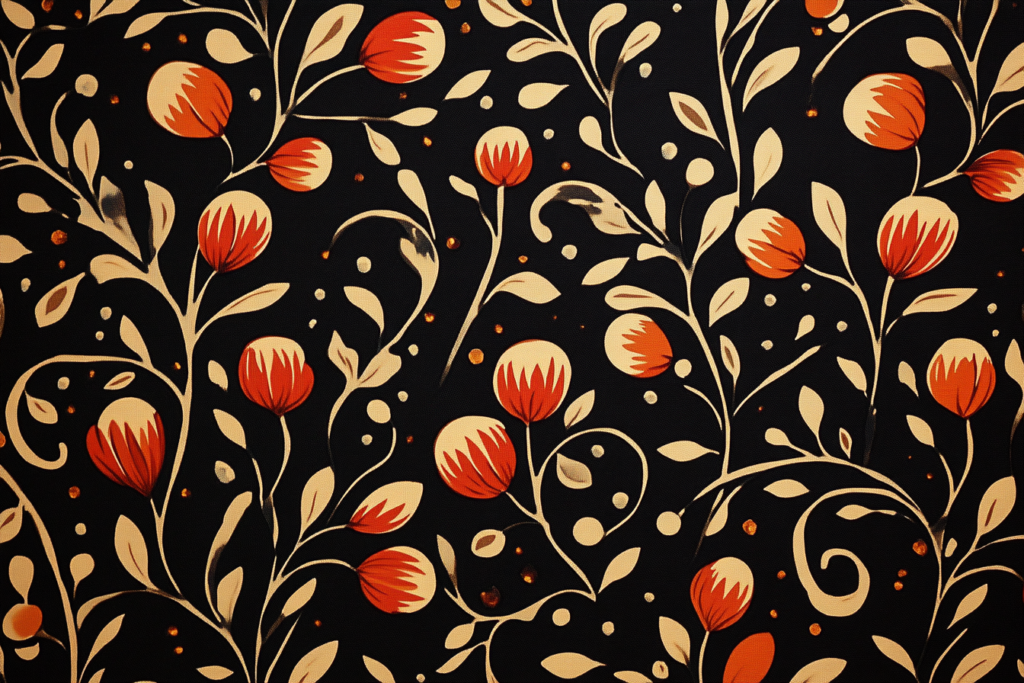
Key Features of a Strikeoff
✔ Printed Fabric Sample: A small section of fabric printed with the intended design for quality approval.
✔ Color and Pattern Verification: Helps ensure that colors and patterns match the desired design.
✔ Pre-Production Test: A critical step before fabric production to avoid errors and costly reprints.
✔ Adjustments Can Be Made: If the print does not meet expectations, corrections can be made before mass production.
✔ Used in Multiple Industries: Strikeoffs are used in fashion, home décor, upholstery, and textile design to check the print quality.
Why Are Strikeoffs Important?
1. Ensures Print Accuracy
Strikeoffs allow designers and manufacturers to check the color accuracy, pattern alignment, and print quality before producing fabric in bulk. A slight color mismatch or misaligned pattern can lead to major production issues, so a strikeoff helps prevent such errors.
2. Saves Time and Costs
Printing mistakes on a large batch of fabric can result in wasted materials and financial losses. By producing a small strikeoff first, any necessary adjustments can be made early, reducing the risk of defects in mass production.
3. Custom Approval Process
In custom fabric printing, strikeoffs help clients and designers approve the final look of the design. If changes are needed, the printing process can be adjusted before the final run, ensuring customer satisfaction.
4. Checks Fabric Compatibility
Strikeoffs not only verify the print but also ensure the fabric reacts well to the ink or dye used. Some fabrics absorb dye differently, and a strikeoff helps assess if the final product will match expectations.
How is a Strikeoff Created?
The process of creating a strikeoff varies depending on the printing technique used. Below are the general steps:
1️⃣ Design Preparation
- The pattern is created digitally or manually and prepared for printing.
2️⃣ Printing on a Sample Fabric
- A small piece of the chosen fabric is printed using methods such as screen printing, digital printing, or rotary printing.
3️⃣ Color Matching & Quality Check
- The sample is compared to the original design, and adjustments are made to color saturation, alignment, and scale if needed.
4️⃣ Approval and Final Adjustments
- The designer, manufacturer, or client reviews the strikeoff and either approves it for full production or requests modifications.
5️⃣ Mass Production Begins
- Once the strikeoff is approved, the bulk fabric printing process starts using the verified settings.
Types of Printing Methods Used for Strikeoffs
| Printing Method | Description | Common Uses |
|---|---|---|
| Screen Printing | Uses stencils and screens to apply ink layer by layer. | Best for bold designs on fabric like cotton and polyester. |
| Digital Printing | Directly prints the design onto fabric using inkjet technology. | Ideal for detailed, multi-colored, and small-batch prints. |
| Rotary Printing | Uses engraved rollers to apply patterns continuously. | Used for large-scale fabric printing, such as upholstery and fashion textiles. |
| Sublimation Printing | Transfers dyes into polyester fabric using heat. | Best for vibrant prints on synthetic fabrics. |
Each of these techniques requires a strikeoff before full production to ensure that the design appears correctly on the selected fabric.
Industries That Use Strikeoffs
📌 Fashion Industry
- Designers and manufacturers use strikeoffs to test fabric prints before mass-producing dresses, shirts, skirts, and accessories.
📌 Home Textiles
- Items such as curtains, pillowcases, and bed linens require strikeoffs to confirm the colors and patterns match interior designs.
📌 Upholstery & Furniture
- Printed fabric for sofas, chairs, and cushions must go through a strikeoff process to ensure quality and durability.
📌 Custom Printing Services
- Businesses offering personalized fabric printing use strikeoffs to finalize prints before completing customer orders.
How to Evaluate a Strikeoff?
When reviewing a strikeoff, check for the following:
✅ Color Accuracy – Does the print match the original design’s colors?
✅ Pattern Alignment – Are the patterns printed correctly without distortion?
✅ Fabric Compatibility – Does the fabric handle the ink well?
✅ Scale and Size – Is the print proportionate to the final garment or product?
✅ Sharpness and Detail – Are the design details clear and crisp?
If any of these elements are incorrect, adjustments must be made before proceeding with mass production.
Conclusion: The Essential Role of Strikeoffs in Textile Printing
Strikeoffs are an essential quality control step in fabric printing, ensuring that the final printed material meets design expectations before full-scale production begins. By producing a small test sample, manufacturers can catch errors early, adjust colors or alignment, and prevent costly mistakes.
Whether in fashion, home textiles, or custom fabric printing, strikeoffs help maintain design integrity and ensure high-quality results in every printed fabric.

